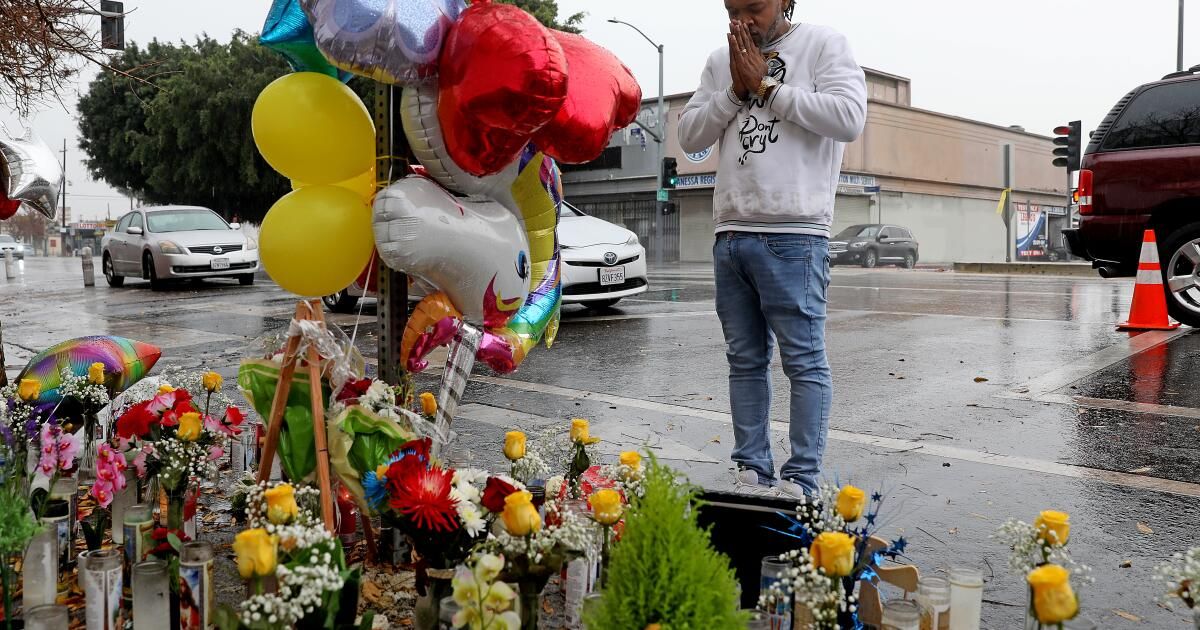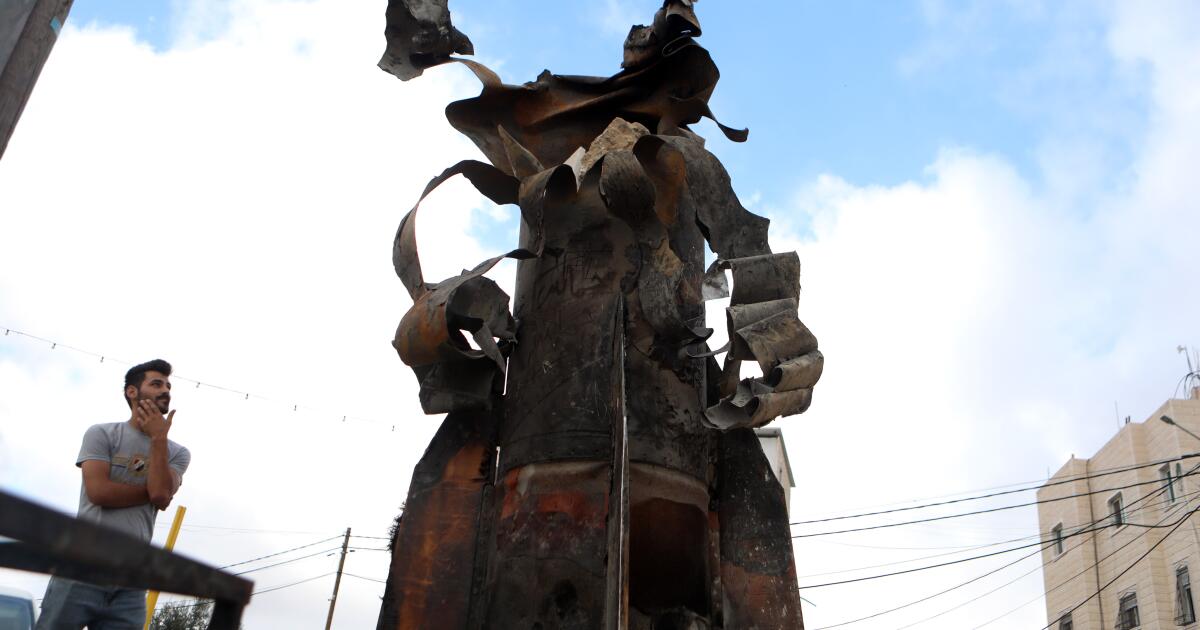Los Angeles had more traffic deaths than homicides last year. At least 330 people died in vehicle collisions, the highest number in 20 years.
Even as Los Angeles streets have become deadlier, the city has either been slow-moving or simply ignored its own plans to make travel safer for pedestrians, cyclists and motorists. That includes the city's Mobility Plan 2035, an ambitious transportation vision adopted by the City Council and then-Mayor Eric Garcetti in 2015 that pledged to redesign streets over two decades to make them safer and easier for residents. People walk, bike, and take public transportation.
The Mobility Plan proposed hundreds of miles of new dedicated bus lanes and protected bike lanes, as well as sidewalk and streetscape improvements in pedestrian-heavy neighborhoods. But since its adoption, the city has completed improvements on only 88 miles of city streets. That's only about 5% of the miles planned for bike, bus and neighborhood safety projects. At that rate, it will take LA 160 years to fully implement the Mobility Plan.
The problem? For all the talk from Los Angeles leaders about combating climate change and building a safer, greener city, their ambitious plans are too often scaled back or abandoned at the first sign of opposition. And there is always some opposition to projects that create street space for bikes or buses or anything that might slow down motorists.
Frustrated by the lack of political will and bureaucracy, traffic safety advocates collected enough signatures to put Healthy Streets LA, or Measure HLA, on the March ballot. The initiative would force the city to carry out the improvements in the Mobility Plan. Every time city departments repave at least an eighth of a mile of street, they would have to add the improvements outlined in the plan, whether they be bike lanes, bus lanes, pedestrian improvements or arrangements to ease vehicle traffic.
This makes sense. When city crews have to repaint the lines when repaving a street, why not re-strip the roads according to the Mobility Plan at the same time? However, in a city as large as Los Angeles, making this process a seamless process is not always easy. Multiple departments responsible for street paving, engineering, and transportation safety struggle to coordinate and have missed opportunities to implement Mobility Plan projects. Ideally, Measure HLA's mandate would prompt the City Council to better organize street work programs and make Mobility Plan improvements part of routine road maintenance.
The initiative would also require the city to create a website so the public can track the progress of Mobility Plan projects. The measure would give residents the right to sue the city if it doesn't comply.
Opponents of Measure HLA, including the group Keep LA Moving, argue that the initiative is anti-car because it will lead to some projects that will eliminate lanes of traffic, which could slow down travelers and emergency response. But they lack concrete data to support their fears. The reality is that the vast majority of Los Angeles streets will not be affected by the Mobility Plan.
Measure HLA has broad support among neighborhood associations, environmental, labor and business groups. Its members understand that Los Angeles needs to evolve into a safer city for pedestrians, cyclists, transit users and, yes, even motorists. The plan recognizes that Angelenos will continue to drive; includes 80 miles of streets that are prioritized for vehicle traffic and projects that help drivers maintain safe, consistent speeds and reliable travel times.
The increasing number of traffic deaths is a preventable tragedy. Voters have the power to make Los Angeles streets safer. Vote yes on Measure HLA.












